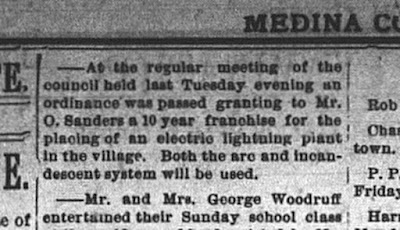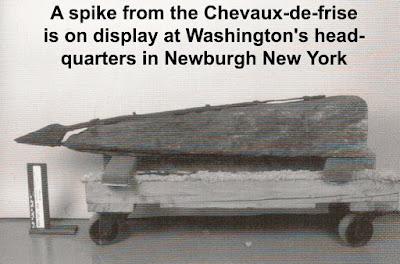 |
| The Front of the Rutherford B. Hayes Museum and Library on the grounds of Spiegel Grove. |
Hayes was the 19th President of the United States serving for one term from 1877 through 1881. He was born in Delaware, Ohio and after getting a law degree, settled in Fremont.
Before becoming President, he served in the Civil War and rose to the rank of brevet major general. He went on to serve in the US House of Representatives and as Governor of Ohio.
After his death in 1893, his home was donated to the State of Ohio and later, in 1916, the library and museum opened as the FIRST Presidential Library.
Hayes was quite the fan of books and libraries and genealogy as can be seen on this photograph and quote in the stairway up to the library:
 |
| Hayes' Library in his home in Fremont, Ohio. He had a large collection of books covering libraries, their history and holdings. He would have made a great librarian! |
Lauren Kuntzman, the manager of the soon-to-be-opened Family History Center at the Medina Library, my co-worker, Lisa Rienerth, and I went to the R B. Hayes Presidential Library to receive training on the Ohio Obituary Index. Some of you may have noticed that we have transferred the MCDL Obituary Index to the one at R. B. Hayes.
 |
| The Ohio Obituary Index |
Other libraries in Ohio started joining up and now, nearly 20 years later, over 70 libraries contribute to the over 3.5 million listings in the database. MCDL is proud to be part of this great genealogical resource.
 |
| Lisa with Becky and Pat logging in to practice entering data. |
Becky Hill, Head Librarian, and Pat Breno, Library Technician, taught us about how to use the database and enter data. Every database has its quirks and this one is no different. Becky pointed out the most important features and told us what to watch for. They explained why the database is structured as it is and how to maximize its use.
Next, we were given our logins and passwords and we sat down to practice with our able teachers standing by to field questions.
 |
| Lisa and Lauren, three floors down from the library, deep in the stacks. |
Then we did a "behind the scenes" tour of the library.
Lisa had many relatives in northwestern Ohio and was thrilled to see all the incredible information available on her family, including photos of pages from a family Bible.
I also had relatives from northwest Ohio, but I found zilch! I was positively GREEN with envy!
Finally, we did a quick tour of the Hayes home.
The mansion was built 1853-1863 by Sardis Birchard, Hayes' uncle, guardian and benefactor.
Some of the rooms have been restored to how they were in R.B's time and feature original furniture and decoration.
Once we have mastered the intricacies of the database, look for a blog that explains how to optimize your obituary searches on the site!
Looking for an Ohio trip for your family this summer? Think about visiting the Rutherford B. Hayes Presidential Library and Museum!
SOURCES:
The Ohio Obituary Index (Scope)
"Rutherford B. Hayes" Wikipedia






























